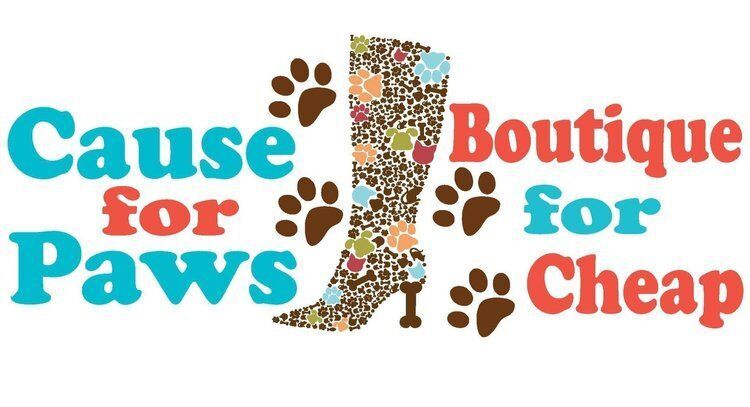
Outdoor cats have a long history in America, it is thought that they first arrived in America with Christopher Columbus and later with the crew of the Mayflower. Cats in colonial America did not live indoors. They lived outdoors (or on ships) consuming mice and rats and deterring larger predators and scavengers from encroaching on human living areas. Starting in the 1950’s the views on cats started changing in America. We had our first commercial cat foods and cat litter was invented, and the spay and neuter procedure was normalized by veterinarians and cats moved indoors- the modern domestic cat was born!
What we have found in the modern cat revolution is that domestic cats live longer and healthier lives as spayed and neutered indoor cats- no traffic or predators to contend with and no mating or territorial fighting necessary. These days, most domestic cats live the life of luxury with specialty foods, plush beds and artificial cat trees placed in the best window for sunning, some cats even have catios- fully enclosed outdoor spaces where they can chase bugs, eat grass and feel wild.
While some cats live the life of indoor luxury, many cats still live outdoors. Due to their amazing ability to reproduce, they have integrated themselves into the natural food chains worldwide, edging out other middle food chain predators that aren’t so efficient at breeding including fox, raccoons, weasels, ferrets, snakes, hawks, eagles and owls. They steal their rodent dinner and have kittens who quickly grow up to also eat rodents! If an outdoor domestic cat has a litter of kittens and those kittens haven’t been acclimated to humans by 3 months of age, they will most likely view humans as a predators to be avoided their whole lives. These cats are called feral cats and no amount of socializing will likely change their mind. They are as wild as a raccoon or opossum and will never be good candidates for indoor lives.
There are proponents and opponents of feral cats but that’s a discussion for another day. The fact is that there are still people in rural America that need cats for their original purpose- rodent control! The symbiotic relationship where they get food, shelter and occasional scritches in exchange for the work they do keeping vermin away is a very important role in rural America. Living indoors gives cats the longest happiest lives, and the sad reality is most cats still live outdoors. The life expectancy for an outdoor intact cat is less than 2 years. Many kittens don’t make it to adulthood. Though, once they do, spaying and neutering them is the single most important thing you can do to improve the quality and length of their lives. Studies show outdoor and feral cats that are spayed and neutered have a life expectancy of 5-7 years, much longer than an unaltered cat.
Here at Beatrice Humane Society, we try and help all cats become socialized and place them in indoor homes. Cats and kittens adopted from our shelter must live indoors only, but sometimes when they arrive, they are already feral and cannot be rehabilitated to the indoor life. Many shelters euthanize them on intake but not us. First of all, it is very hard to tell if a cat is just afraid or feral at intake. It sometimes takes them a week or longer to begin to trust us again and that is when we know whether they are a feral. Secondly, If they can’t be socialized, the very best thing we can do is spay and neuter them and return them to their home territory. Finally, sometimes returning them to their territory isn’t an option and for those cats, we place them as working cats.
Our working cat program allows us to place behaviorally feral cats that aren’t candidate for indoor placement in safe and protected outdoor homes. Those homes are committed to providing them shelter, food, and fresh water daily, year-round. This is the best-case scenario for these feral cats as they can live out their lives deterring rodents in an environment where they are comfortable, protected and safe. So far this year we have placed 20 working cats with 2 more awaiting placement in our shelter. That may not seem like a lot as we have had over 800 cats through our shelter, but if we chose to euthanize all of them like some other shelters do, our save rate would drop 3 percent. We aren’t willing to euthanize cats just because they weren’t socialized appropriately. Instead, we will ask you to keep spreading the message about spay and neuter and our working cat program. If you have outdoor, unaltered cats, talk to your vet about getting them all altered to keep them around longer! If you know someone who has rodent problems send them our way! We are more than willing to set them up with our working cats- who come spayed, neutered, vaccinated, and microchipped. This is just one more of the ways we are committed to saving lives even if its harder, or takes more work, because that is what a no-kill shelter should do.
As a reminder we are participating in Big Give Gage this year along with about 60 other amazing local non-profits. Make sure to mark September 8th down as its your chance to Give Where You Live and support all of the non-profits in our area doing amazing work. We have an amazing community and there isn’t a more rewarding place to help the animals and the people who love them then in Beatrice and Gage County.
First Published with Beatrice Daily Sun: https://beatricedailysun.com/opinion/working-cats/article_54be00a7-b461-5cd2-bab4-413220674a74.html




